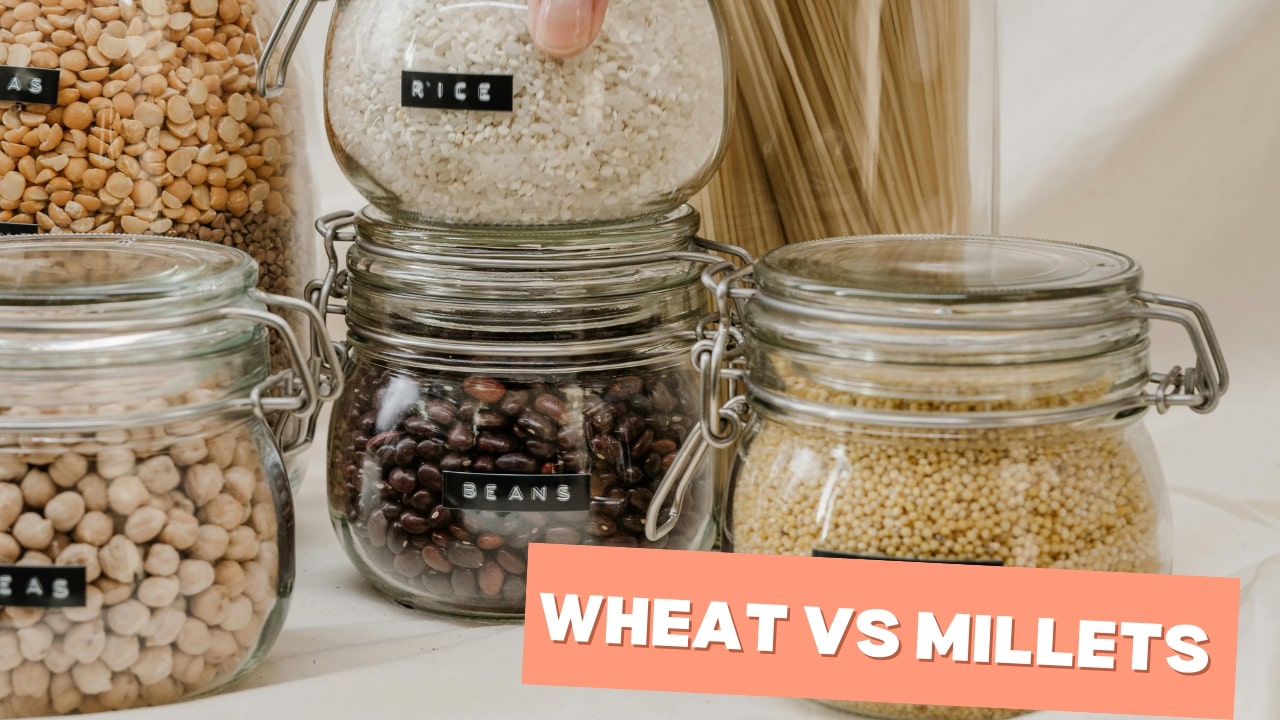
Wheat vs. Millet: Which One Wins in Healthy Baking?
When it comes to healthy baking, the debate between wheat and millet is gaining more attention than ever. With more
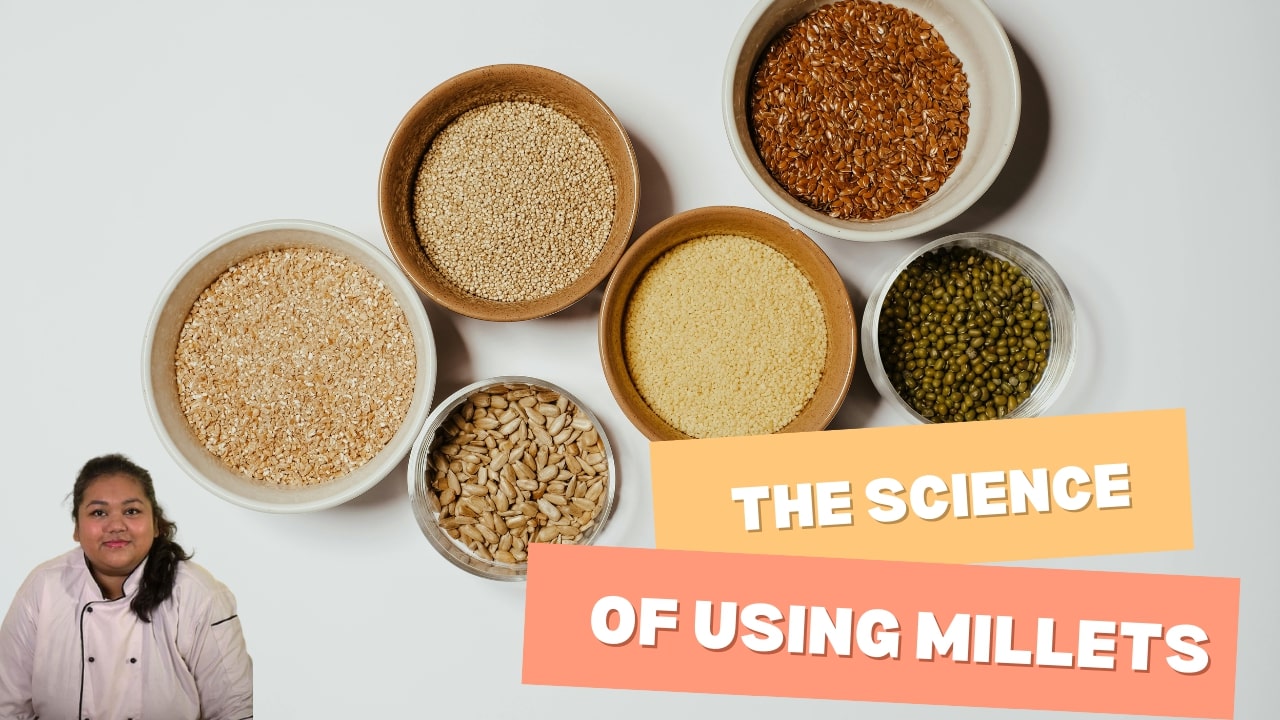
In a world where everyone is in pursuit of superfoods, millets finally have the shine they deserve. These old-world grains have been feeding civilizations for thousands of years, and now science supports what our forebears knew so well — millets are nutritionally dense, eco-friendly, and versatile.
Let’s dive deep into the science of millets, how they nourish your body, and why they are more important than ever today.
Millets are small-grained grasses belonging to the family Poaceae. They are one of the oldest crops to be cultivated, cultivated mainly in Asia and Africa. Unlike wheat and rice, millets are gluten-free, drought-tolerant, and nutrient-dense.

There are numerous varieties of millets, but the most popular ones are:
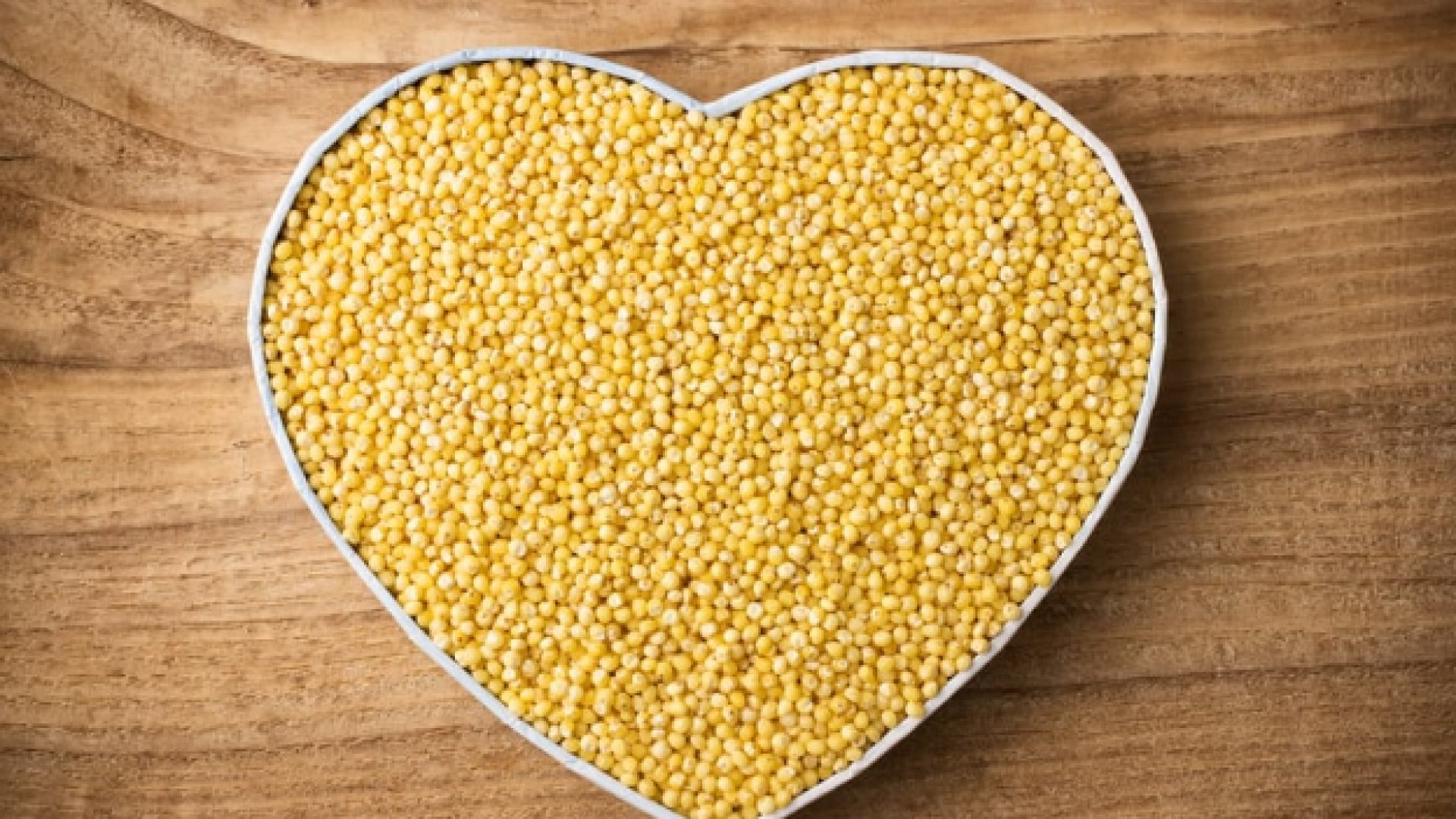
Millets are a nutrient powerhouse. Take a closer look at why and how they become a star nutrient:
Millets are densely packed with slowly digesting carbohydrates that possess a low glycemic index. It aids in:
All millets contain 8-12% fiber, more than rice or wheat. Fiber benefits:
They possess 7–12% protein content, varying with the type. Finger millet and pearl millet are rich in protein and hence are ideal choices. Therefore, millets are an excellent option for vegetarians and vegans.
Millets are rich in micronutrients naturally, including:

Millets contain a low glycemic index (GI) and prevent sudden increases in blood sugar. Regular consumption of millets in diet can aid in managing type 2 diabetes and even decrease insulin resistance.
The fiber, magnesium, and potassium content in millets are good for heart health by lowering blood pressure, enhancing blood flow, and reducing cholesterol.
Millets cause satiety, which helps to prevent overeating. They also have high fiber and protein content that enhances metabolism and fat prevention.
Prebiotic fiber in millets stimulates beneficial gut bacteria, enhancing digestion, immunity, and nutrient absorption.
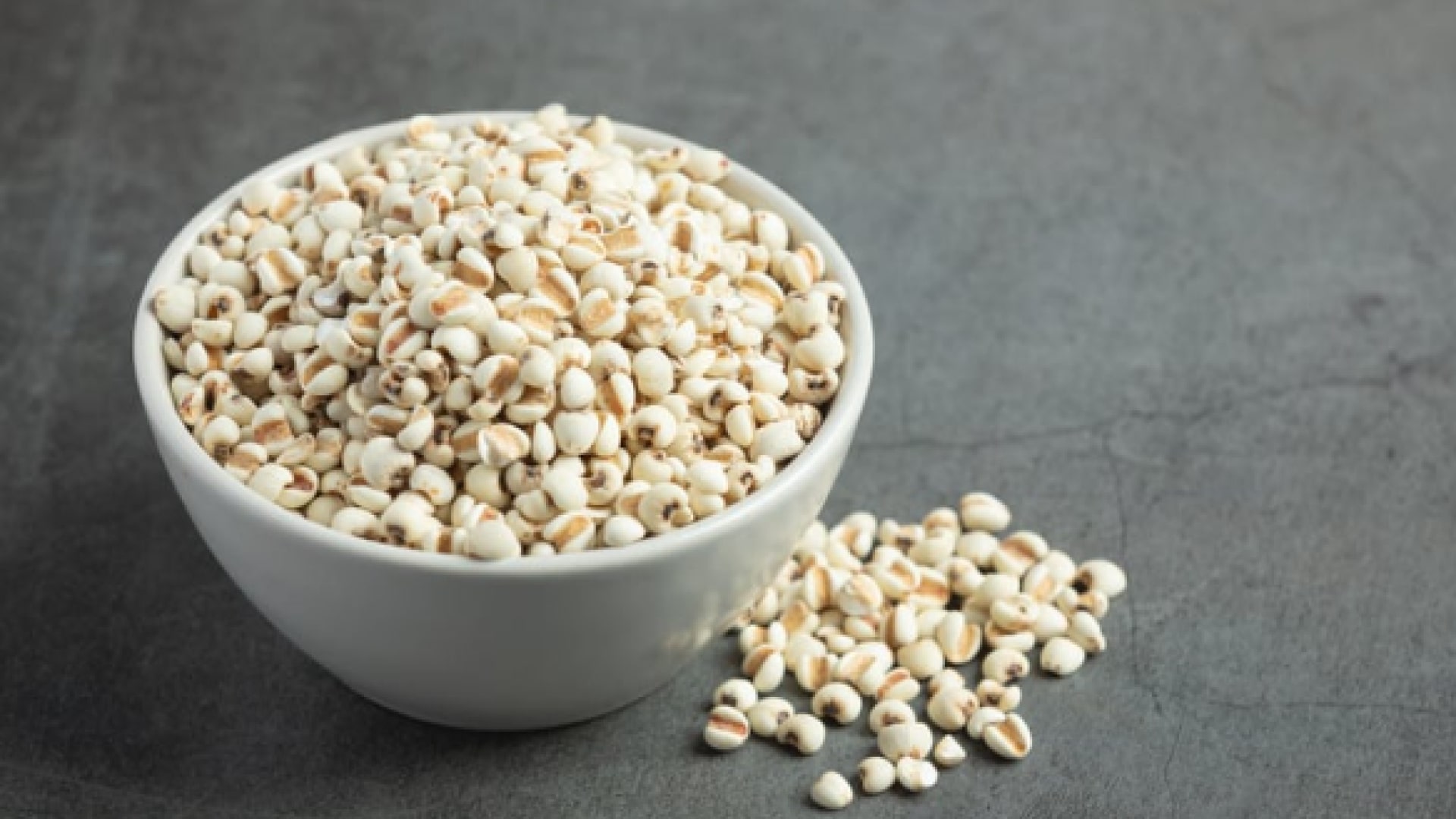
Millets are resilient crops to climate — they need:
By growing millets, farmers minimize the pressure on natural resources, making them a perfect crop for sustainable agriculture and food security, particularly in drought-afflicted areas.
Millets are super versatile. They can be substituted for rice, wheat, or even be crafted into creative dishes. Here are some suggestions:
Bonus: Millets happen to be gluten-free naturally, so they are perfect for gluten intolerance or celiac disease patients.
Food science today is looking into:
With growing research and government-backed millet missions (like India’s International Year of Millets 2023 initiative), we’re entering a new millet revolution.
Millets are more than just old-world grains — they’re the future of wholesome nutrition and sustainable eating. Whether you’re looking to balance your blood sugar, improve gut health, lose weight, or support the environment, millets have a role to play.
So the next time you’re planning a meal, swap that bowl of rice or wheat with a millet. Your body and the planet will thank you.

When it comes to healthy baking, the debate between wheat and millet is gaining more attention than ever. With more

If you love baking and want to turn it into a business from home, that’s amazing! But before you start
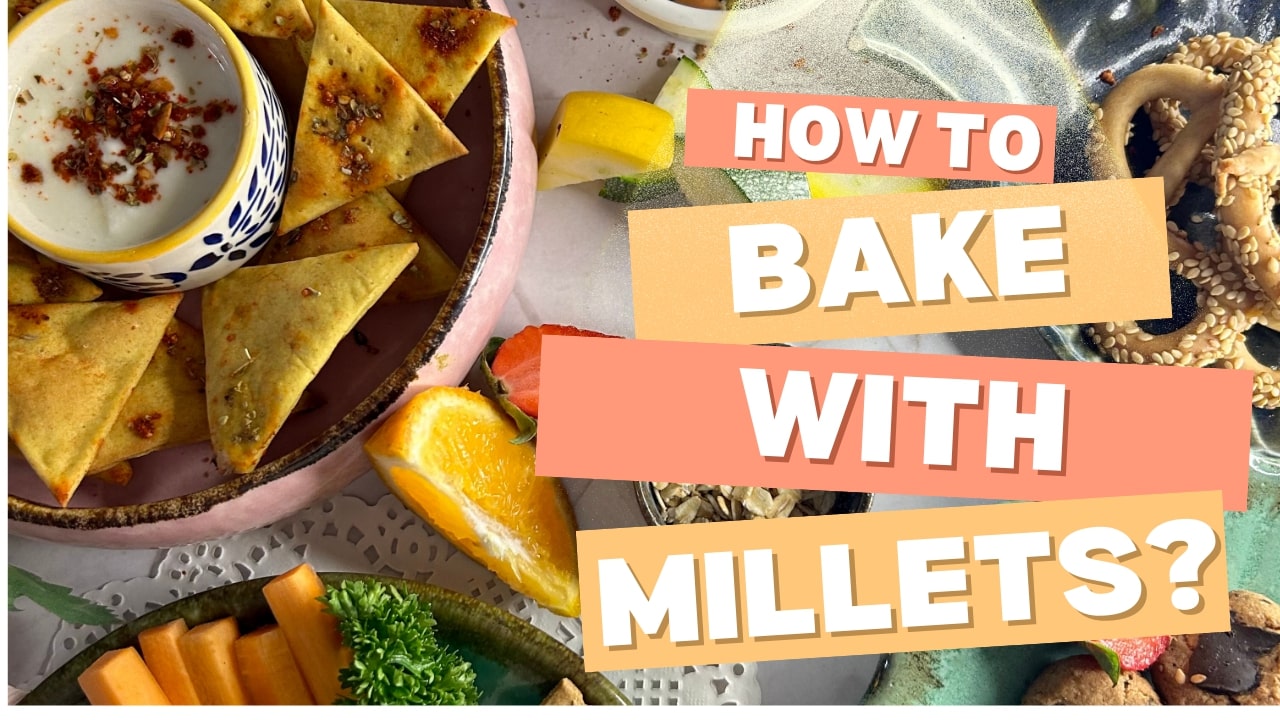
Hello friends! I am Chef Sushmita, and today I’ll be sharing with you some easy tips and tricks of baking